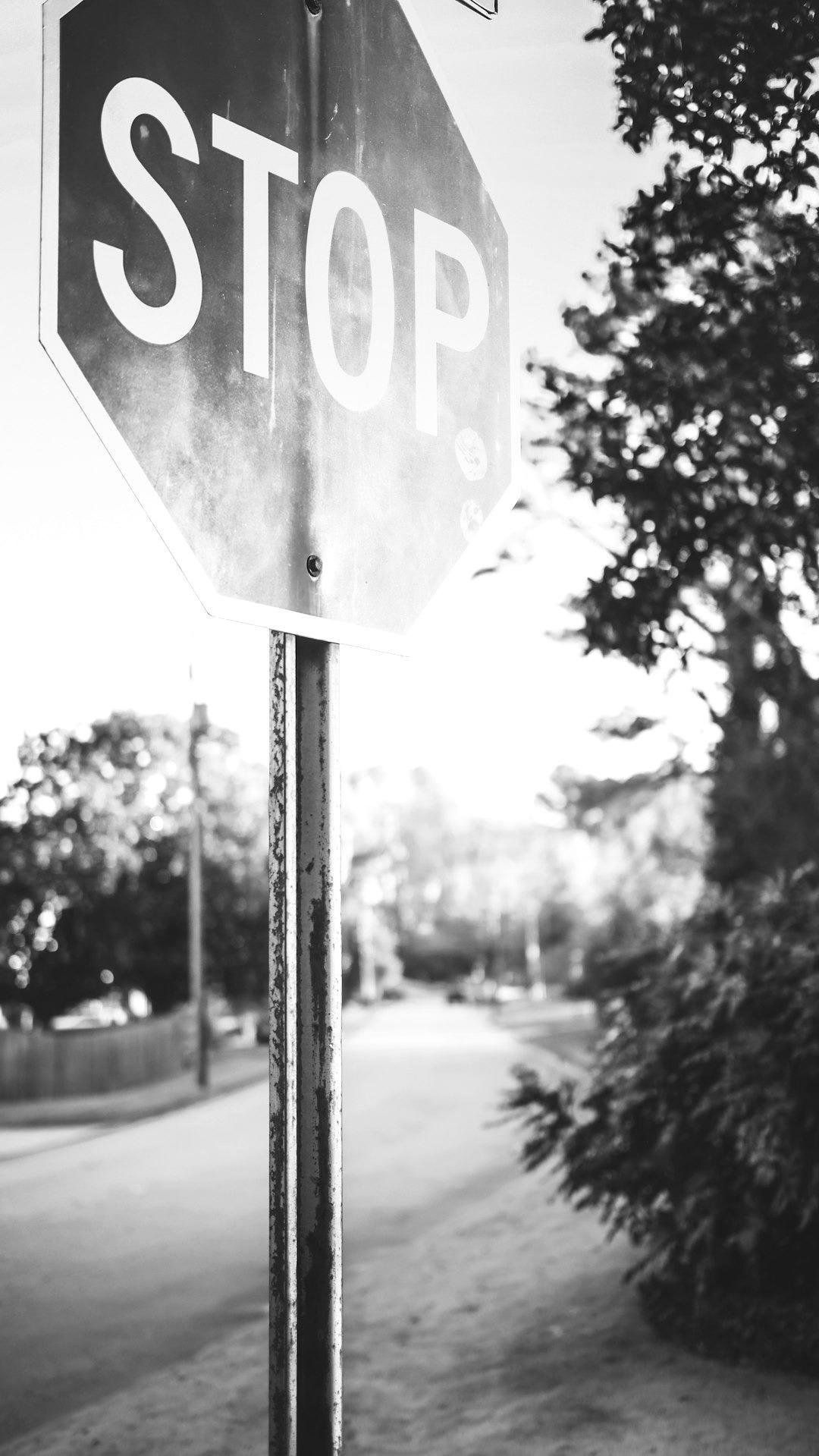Killer B2B SaaS Landing Pages: CTAs - Part 2
What makes a good call-to-action? Read this post and find out.

In this series, we explore best practices analysed from over 69+ landing pages. Today we’re going to look at — call-to-actions —.
What is a call-to-action (CTA)?
A call-to-action (CTA) is a prompt that encourages you to do something.
For example, to click a link, sign up for an account, or to add an item to a cart. On your landing page, the CTA is an invitation for your prospect to take the next step along your customer journey. If your CTA is unclear, too big of an ask, or is lost amongst the rest of your landing page, then you won’t get the results you are after.
Let’s look at how B2B companies handle CTAs in the year 2024.
Types of CTAs
There’s 5 types of landing page CTAs common today:
Sign up
Get started
Start free trial
Create an account
Sign up
Sales demos
Book a demo
Request a demo
Speak to sales
Contact us
Informational
Watch demo
Learn more
View features
Documentation
Contextual
Start designing
Start building
Start tracking for free
Start your project
Branded
Try X for Free
Join X
Get X Free
Demo X
What are the most common CTAs?
Here are the 10 most popular CTAs based on the amount of times they featured on different landing pages:
Get started (25x)
Sign up (13x)
Book a demo (9x)
Contact sales (6x)
Get a demo (6x)
Start free trial (6x)
Request a demo (5x)
Sign up for free (4x)
Start your free trial (4x)
Get started - free (3x)
Best practices
Stick to two: Most landing pages have two CTAs. One primary (which is emphasised visually) and one secondary.
Key market trend: The most common CTA pairing is a sign-up (primary) + book a demo (secondary). This applies to both B2C and B2B.
Common words: “Get“, “Start“, and “Free“ are the most common words used in CTAs. For example “Start designing“ or “Get started — free“.
Keep it short (or not): CTAs are rarely longer than 3 words (but that’s not to say longer CTAs don’t work - test!)
The formula for a typical CTA: Action word (“Create”, “Book”, “Get”, “Start”) + __word__. Many include the word “free” inside the prompt.
Repeat your CTAs throughout: Common placement for CTAs are in navigation, in the above-the-fold section, and at the bottom of the page.
Split test your CTAs: Just like with headlines, you never know which ones will perform the best for your prospects.
A final call-to-action
That’s a wrap for part 2 of this landing page series.
If you’re an early-stage B2B founder subscribe today and get actionable marketing strategy and tactics straight to your inbox.

